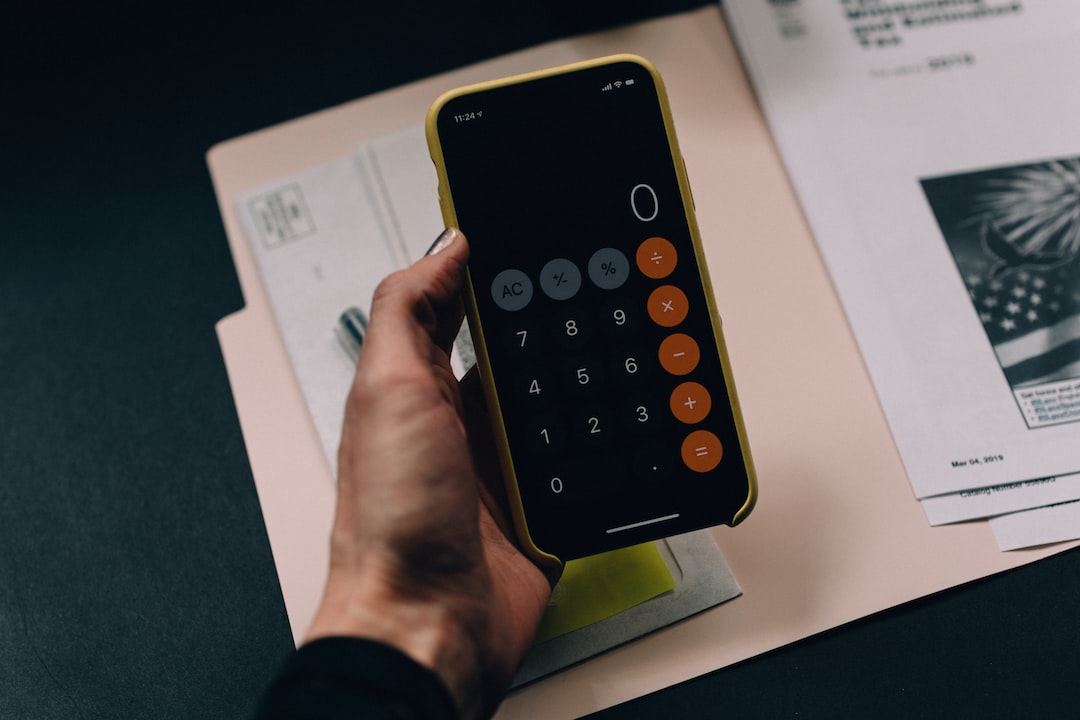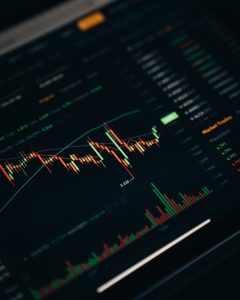Forex trading can be a complex and challenging endeavor, particularly for novice traders who are just starting to learn the ropes. One of the most important tools that traders can use to make informed decisions is the timing indicator. In this article, we will explain what a timing indicator is in forex, how it works, and why it is important.
What is a timing indicator in forex?
A timing indicator is a tool that forex traders use to determine the best time to enter or exit a trade. It is based on the idea that the forex market moves in cycles and that traders can use these cycles to make profitable trades. Timing indicators are typically based on technical analysis, which involves analyzing historical price data to identify patterns and trends.
How does a timing indicator work?
Timing indicators work by analyzing price data and identifying patterns that occur over time. For example, a timing indicator might look for patterns in the way that the price of a currency pair moves over a period of days or weeks. It might also look for patterns in the way that the price of a currency pair reacts to certain economic events or news releases.
Once the timing indicator has identified a pattern, it will generate a signal indicating whether the trader should buy or sell the currency pair. For example, if the timing indicator determines that a currency pair is likely to increase in value over the next few days, it will generate a buy signal. Conversely, if the timing indicator determines that a currency pair is likely to decrease in value over the next few days, it will generate a sell signal.
Why is a timing indicator important in forex?
Timing indicators are important in forex because they can help traders make informed decisions about when to enter or exit a trade. Forex trading can be extremely volatile, and prices can change rapidly in response to economic events, news releases, and other factors. By using a timing indicator, traders can get a better sense of when it is safe to make a trade and when it is best to wait.
Timing indicators can also help traders avoid making impulsive or emotional decisions. When prices are moving quickly, it can be tempting to jump into a trade without really thinking it through. By using a timing indicator, traders can take a more measured approach and make decisions based on data and analysis rather than emotions.
Types of timing indicators
There are many different types of timing indicators that traders can use in forex. Some of the most common include moving averages, MACD, RSI, and stochastics.
Moving averages are a type of timing indicator that calculates the average price of a currency pair over a certain period of time. Traders can use moving averages to identify trends and determine whether a currency pair is likely to continue moving in a certain direction.
MACD, or Moving Average Convergence Divergence, is a timing indicator that compares two moving averages to identify changes in momentum. Traders can use MACD to identify buy and sell signals based on changes in momentum.
RSI, or Relative Strength Index, is a timing indicator that measures the strength of a currency pair by comparing its gains to its losses over a certain period of time. Traders can use RSI to identify overbought and oversold conditions and determine when it is a good time to buy or sell.
Stochastics is a timing indicator that compares the closing price of a currency pair to its price range over a certain period of time. Traders can use stochastics to identify overbought and oversold conditions and determine when it is a good time to buy or sell.
Conclusion
Timing indicators are an essential tool for forex traders who want to make informed decisions and maximize their profits. By analyzing historical price data and identifying patterns, timing indicators can help traders determine the best time to enter or exit a trade. There are many different types of timing indicators available, and traders should choose the one that works best for their trading style and objectives. Ultimately, the key to success in forex trading is to be patient, disciplined, and strategic, and to use all of the tools and resources available to make informed decisions.





